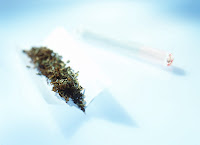The Food and Drug Administration is planning to recommend prescription painkillers, such as Vicodin and others containing hydrocodone, be reclassified as “Schedule II” substances from their current “Schedule III” status – imposing tougher restrictions on how they are used and prescribed.
OxyContin, defined as “potentially leading to severe
psychological or physical dependence” by the Drug Enforcement Administration,
has already been placed in the Schedule II category.
Increase In Hydrocodone Painkiller Abuse
The agency has explained the move in a recent statement;
having become “increasingly concerned about the abuse and misuse of opioid
products, which have sadly reach epidemic proportions in certain parts of the
United States.”
Requests from the DEA to reclassify the substances have been
longstanding, citing increased rates of addiction and overdose throughout the
U.S.
Patients and pain specialists argue that the new
restrictions would make obtaining the drugs more difficult for individuals
struggling with debilitating, chronic pain – increasing suffering for those who
use the substances properly.
Balancing Valid Painkiller Use With Abuse And Misuse
The FDA touched on the debate, stating that it “has been
challenged with determining how to balance the need to ensure continued access
to those patients who rely on continuous pain relief while addressing the
ongoing concerns about abuse and misuse.”
The reclassification would not allow physicians to call
prescriptions into local pharmacies. It would also lower the number of refills
afforded to patients without additional doctor visits.
Do you believe this is a necessary step in the fight against
prescription or illegal drug
addiction? Post your thoughts in the comments section below!






